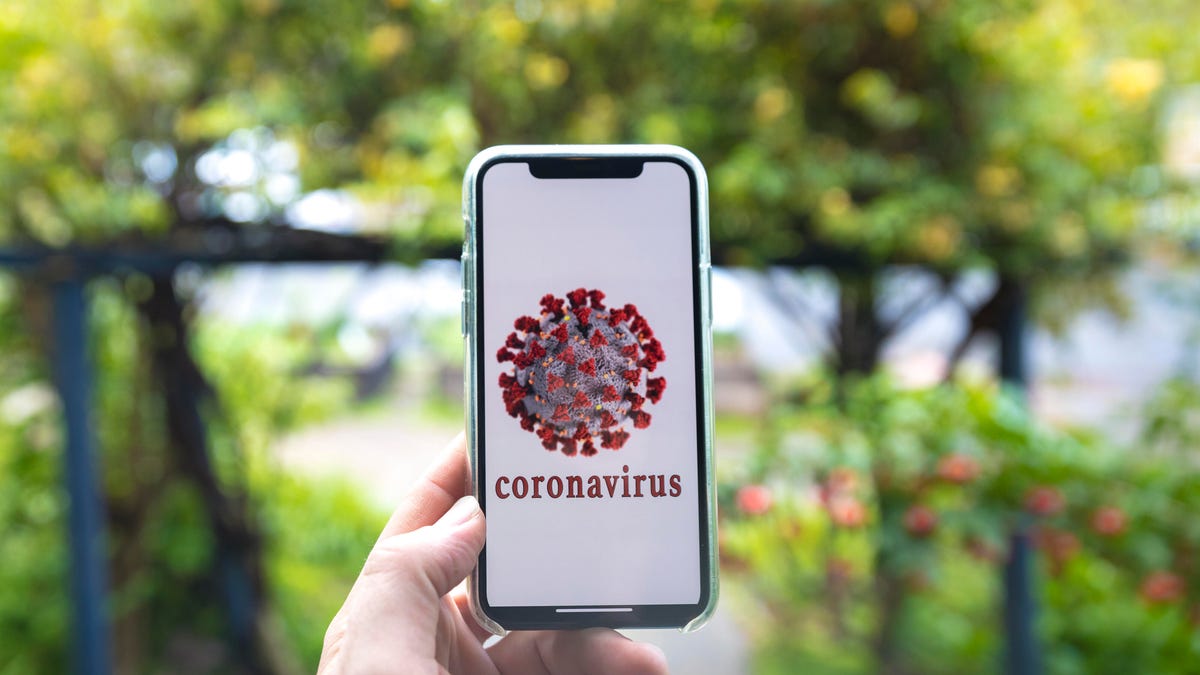Remote medical care is booming during the coronavirus pandemic
Telemedicine is safer for doctors and patients sheltering in place. It's also an effective way to provide care that otherwise may not be available.

Doctors are using telemedicine to screen patients for coronavirus symptoms and much more.
Let's say you're doing the responsible thing and sheltering at home during the coronavirus pandemic. And let's say you have a chronic condition like diabetes that requires regular consultations with your doctor.
Visiting a medical office and potentially exposing yourself to COVID-19 is a risky proposition for all involved. And as health care executive Kerry Palakanis told CNET's Brian Cooley, that's where telemedicine is filling a critical need.
"For people with chronic health conditions, we don't want them coming into the traditional health care environment and exposing themselves to COVID," she said. "We want to keep them out of the system where they can stay healthy."
Palakanis, the executive director for Connected Care at Intermountain Healthcare in Salt Lake City, says telemedicine is particularly ideal for follow-up visits where doctors are talking with patients about how they're feeling and discussing results from remote patient monitoring equipment. Patients living in rural areas where a specialist may be too far for convenient travel also can benefit from remote consultations. And, of course, doctors are using the technology to prescreen people who are experiencing coronavirus symptoms.
"There are very few things you can't do," she said. "We're bringing access to care to folks who otherwise wouldn't have care available to them."
But according to Krista Drobac, the executive director Alliance for Connected Care in Washington, DC, one challenge for telemedicine is getting patients used to the idea of not seeing a doctor in person. "Our biggest problem has been the first visit ... People have a perception [about it]," she said. "But what they experience is that they can really get care virtually. I think those barriers will be broken down by this pandemic."
Drobac is also optimistic about recent regulatory changes on both the state and federal levels that have allowed doctors to use more tools for remote consultations. "It's incredible," she said. "The landscape has changed more dramatically than any of us have ever dreamt."
Now What is a video interview and panel series with industry leaders, celebrities and influencers covering the major changes and trends impacting business and how consumers connect in the "new normal" 2020 world and beyond. There will always be change in our world, there will always be technology helping us navigate that change, and we'll always discuss surprising twists, turns, and potential solutions.

